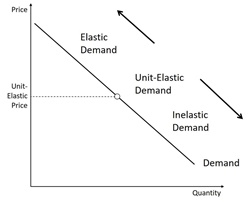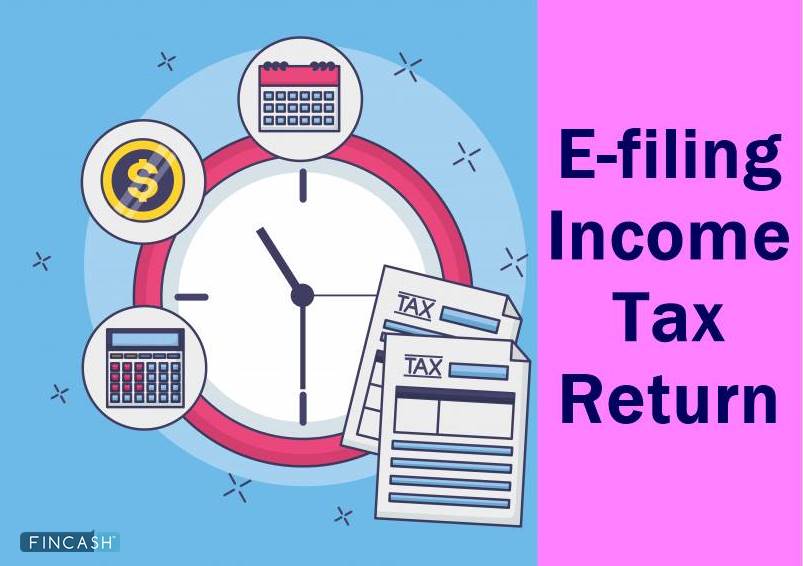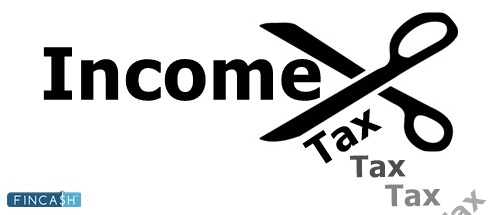Income Elasticity of Demand
What is Income Elasticity of Demand?
The income elasticity of demand is a method of measuring the change in a consumer’s income and its impact on the demand for specific products. If the income elasticity of demand for a product is high, it reflects on the change in the consumer’s income.

Note that the elasticity of demand measures how elements such as price and income impact the demand for a product. The income elasticity of demand can be measured by categorizing products as inferior goods and normal goods. Note that income elasticity of demand for a product can be positive, negative or unresponsive.
Types of Goods
1. Normal Goods
Normal goods can be normal necessities and luxuries. Normal necessity goods have positive, but low-income elasticity, in comparison to luxurious goods. The coefficient for measuring income elasticity is ‘YED’. When YED is more than zero, the nature of the product is income elastic. Normal goods have positive YED, which means when the consumer demand increases, the demand for these goods also increases.
Normal necessity goods include milk, vegetables, and medicine. Price change or changes in consumer income does not affect the demand for such products. Normal luxury goods are highly income elastic. These goods include jewellery, electronics, etc. For example, if a consumer’s income increases, investment to purchase a high-end mobile or jewellery may be done.
Talk to our investment specialist
2. Inferior Goods
The income elasticity for inferior goods is negative in nature. Their YED is lesser than zero. That means when a consumer's income increases the demand for these goods decreases. For eg- Ramu earns Rs. 20,000 per month. He buys low-quality rice costing Rs. 35 per kg. Also gets a promotion with a good salary hike of Rs. 30000 per month. Due to this, he buys higher quality rice costing Rs. 65 per kg. By this, it means that the low-quality rice has now become inferior goods.
Formula for Income Elasticity of Demand
The formula for income elasticity of demand is mentioned below:
Income Elasticity of Demand (YED) =Percentage change in quantity demanded/Percentage change in income
All efforts have been made to ensure the information provided here is accurate. However, no guarantees are made regarding correctness of data. Please verify with scheme information document before making any investment.












